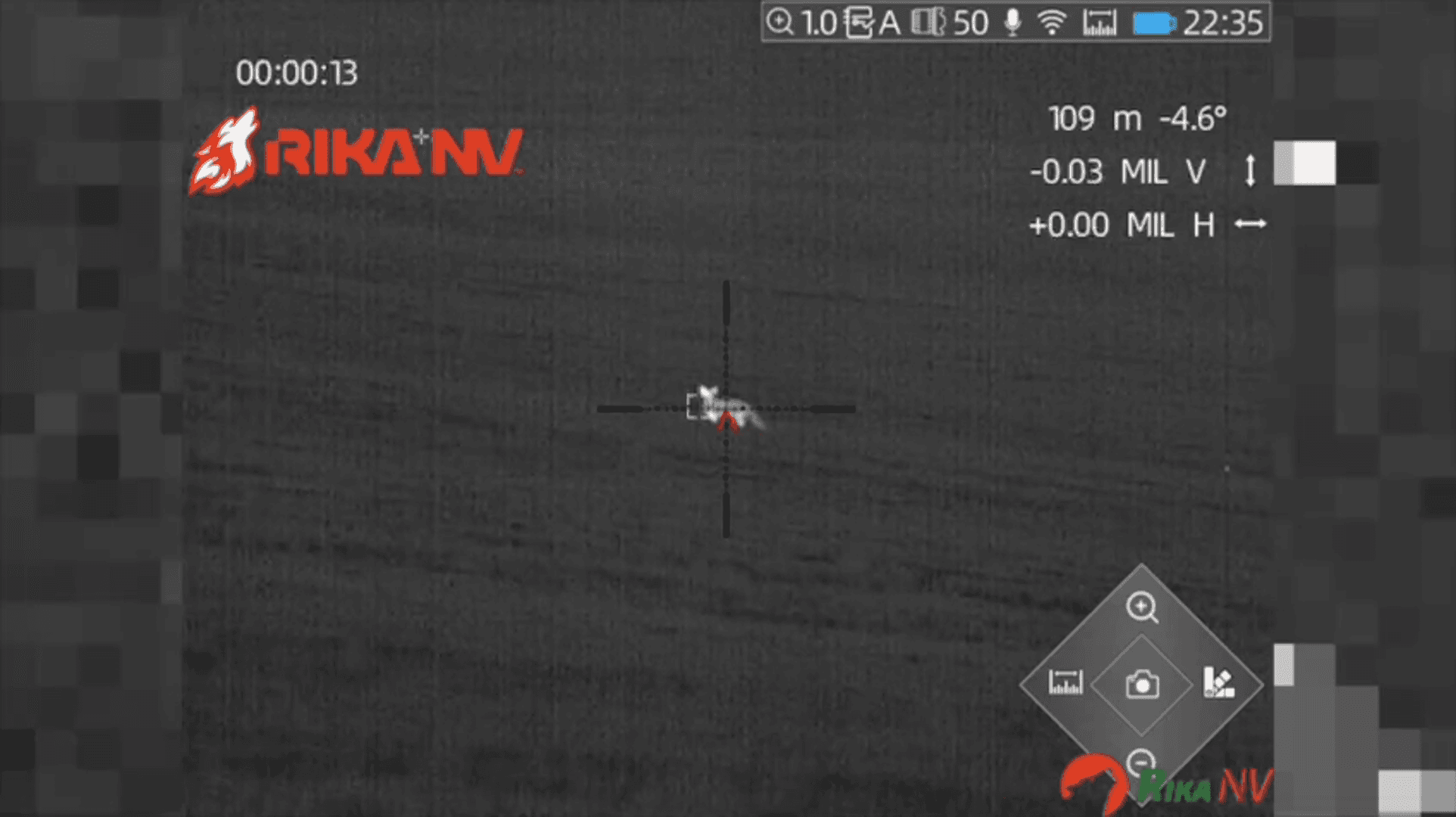
HUNTING IN BRITISH COLUMBIA (B.C.): DISCOVERING HUNTING SEASONS, LAWS, DEMOGRAPHICS AND REGIONAL TRADITIONS British Columbia (B.C.), Canada’s westernmost province, is a hunter’s paradise. With its vast wilderness, diverse ecosystems, and abundant wildlife, B.C. offers some of the best hunting opportunities in North America. This article delves into the geographical features, hunting demographics, regulations, and traditions that make hunting in B.C. a unique and rewarding experience. Geographical and Natural Features of B.C. for Hunting B.C. is a land of contrasts, featuring rugged mountains, dense forests, expansive grasslands, and pristine coastal regions. The province is divided into several biogeoclimatic zones, each supporting distinct wildlife populations. The Rocky Mountains, Coast Mountains, and Interior Plateau provide habitats for species like elk, moose, deer, black bears, and mountain goats. The province’s vast wilderness areas, including the Great Bear Rainforest and the
Post: 12 May 11:51














































